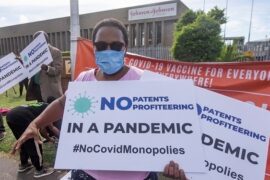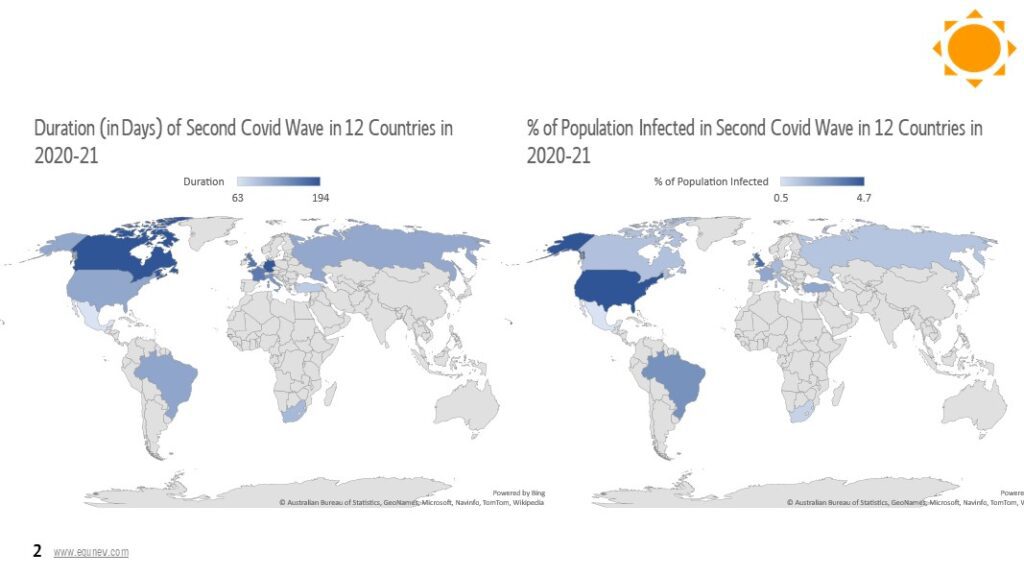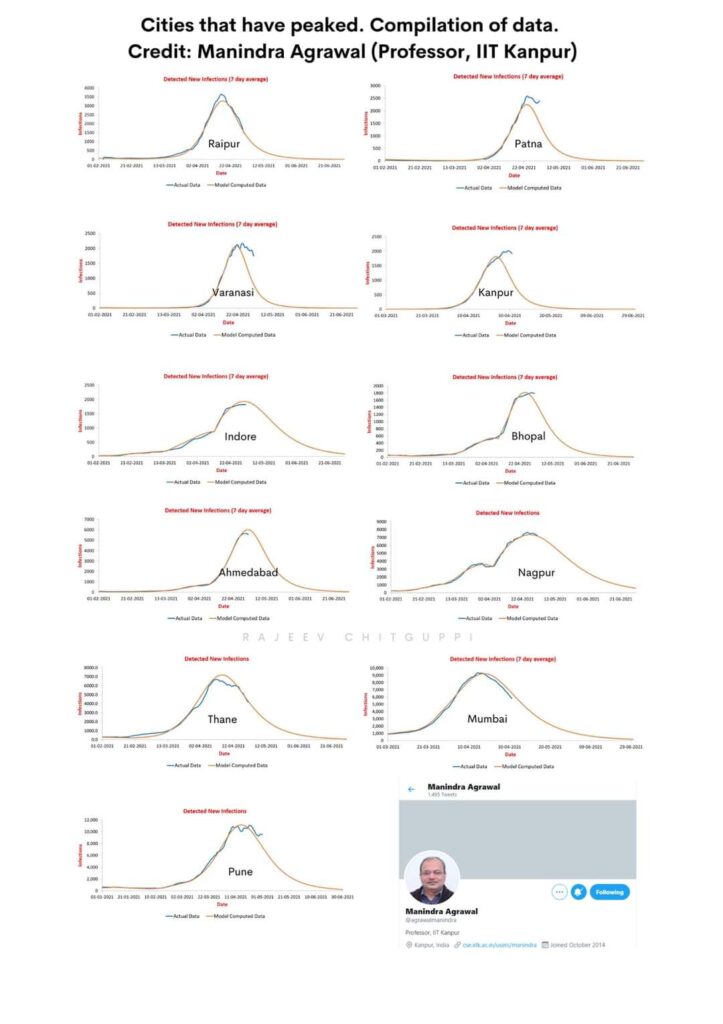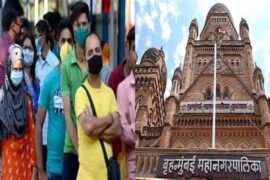Covid Apartheid-Complete State-level Nationalisation of Hospitals?
Background
There has been news floating on the WhatsApp on complete takeover of private and charitable hospitals by the Maharashtra Government. MAHARASHTRA TAKES CONTROL OF PRIVATE COVID HOSPITALS, FIXES DAILY RATES – The Daily Guardian. The article was published on May 7, 2021 and quotes Sudhakar Shinde, CEO, State Health Guarantee Society saying, “We have issued this order as per the suggestion of both the ministers.” This maybe a fake news as Sudhakar Shinde succumbed to Covid on Oct 10, 2020. IAS officer Sudhakar Shinde passes away in Pune due to Covid-19 | Hindustan Times
However the issue here is for debate is: Should the State Governments Nationalise Hospitals? Second issue here is the alleged hospitals charges being imposed by the private hospitals and how do we deal with it?
Private Hospitals Take Over in 2020 Wave one of Covid by State Government
As per the announcement last year in April 2020, 80% of the beds of the private and charitable hospitals in the state were taken over by the State Government for managing the first wave of Covid. As per the arrangement, the private and charitable hospital owners were free to charge their prices for the remaining as per their operating costs and charge masters. The citizens had the choice of going for treatment to the private sector on their own or request the State Government to allocate a bed in any of the hospitals in the state whether Government or Private as per the rates announced by the State Government.
Covid Apartheid-The Consumer Right of Treatment if They Choose
Last year a famous Indian Celebrity and Film star tested Covid Positive and was admitted himself and his family members to a private hospital in Mumbai. Amitabh Bachchan tests Covid-19 positive, admitted to Nanavati hospital (indiatimes.com). He had not approached the State Government for bearing his treatment costs. There was no negative media outbreak on how exorbitantly the celebrity was charged for his treatment and whether the private hospital in question chose to offer their services on their quota of beds under their management to the said celebrity free of cost, or at subsidized costs or at full price. Had the said celebrity in question chosen to request for his treatment to the State Government, he may have been admitted to Cooper Hospital or any other hospital facility that the State Health Officer (SHO) deems fit to allocate. But the said celebrity choose to deal the situation on his own and contract with the private hospital at a price which is agreed between the two parties and is mutually binding upon between the two parties. Similarly, if citizens opt for private hospitals on their own will, why should there be a hue and cry that there is a differential of prices between the State Government mandate prices for the beds being managed by the State Government in the private hospitals leveraging their infrastructure and staff and the prices being charged to the celebrities and those who can afford to pay the full price and exercise their right to treatment at a certain private hospital exercising their option to pay out of pocket or through their health insurance.
I call this Covid Apartheid. Therefore there should not be fake news escalations about the exorbitant charges. Covid emergency situation is like an SOS as like a heart attack. You have to either treat the person or if let untreated without medical intervention the person dies. So it is catastrophic. If a certain private hospital charges INR 10 lakhs for an open heart surgery and the State-level prices under various healthcare schemes is as low as INR 60,000 (in Karnataka), the real cost of which is much higher as the State Government is cross subsidizing through the tax payer’s money and budgetary support, the media should not make a mole out of nothing. It’s the choice exercised by the individual punting on his health and wealth. There cannot be an apartheid comparing the prices and the quality of services delivered. So is the Covid. The media should stop amplifying negative news about the pricing of services in the private hospitals. They are comparing apples and oranges and want an apartheid on the ability to pay and enjoy different standards and services between different classes and masses.
Dealing with Exorbitant Prices by Private Hospitals
There have been mechanisms in place for any adverse and or exorbitant prices being charged and how to escalate and settle these issues whether it is out of pocket or through a Third-Party Administrator (TPA) of the Healthcare Insurers. Let us understand that no private sector hospital in this country wants to profiteer. I agree with the media that there are rogue private hospitals who may have out of greed charged exorbitant prices playing on the situation. I too was a victim of such a private hospital when I was suffering life and death situation on a Covid like symptoms way back in 2012. However, I settled the issues through various redressal mechanisms in place including the malpractice by one of the treating doctor of the private hospital.
State Nationalisation of Private and Charitable Hospitals
Let us understand it cost over INR 1 crore to set up a hospital bed. If the State Government takes over 80% of that capacity and assuming that the state reimburses INR 10000 per day for those beds it has taken over, it would take around 6-years for the hospital to break even on their capital and operating costs. The hospital operator has bank loans and other liabilities to settle for the risk they have taken to set up the facility to treat their out of pocket and insurance customers. To offset these liabilities and daily losses on the State managed beds in their hospital, the private operator has to offset that from the remaining 20% of the beds it is free to charge whatever prices. The State Government has not taken over the proportionate liability of 80% of beds taken over. If you do the maths, it would require the private operator to charge anywhere from INR 45,000 to INR 90,000 per bed per day just to cover their costs.
We know the healthcare outcome of private sector hospitals and government hospitals. Therefore, there is a price differential. Let me give you an analogy here which is a bit far-fetched. From tomorrow the State Government says that 80% of your private wealth management will be under the Private Sector Bank will be managed like Public Sector Banks (PSU). PSU banks deliver Hindu rate of return of say 3%pa while the Private Banks deliver 15%pa on your money charging 3% fees for the wealth under management. So now you will get 3% pa return on 80% of your wealth banked while 20% of will deliver 15%pa. Will the media start writing that Private Sector Banks are earning exorbitant returns of 15%pa for the rich and the poor laborer who is banking and saving with PSU Banks is just getting 3%pa. Would you allow your personal wealth to be managed like a PSU Bank? Similarly will you allow your health to be put into PSU Hospital hands if you value it? Its your call and there is a price to pay.
We know the outcomes of Bank Nationalisation of the earlier era. Do we need to subject the healthcare sector to state nationalization?









